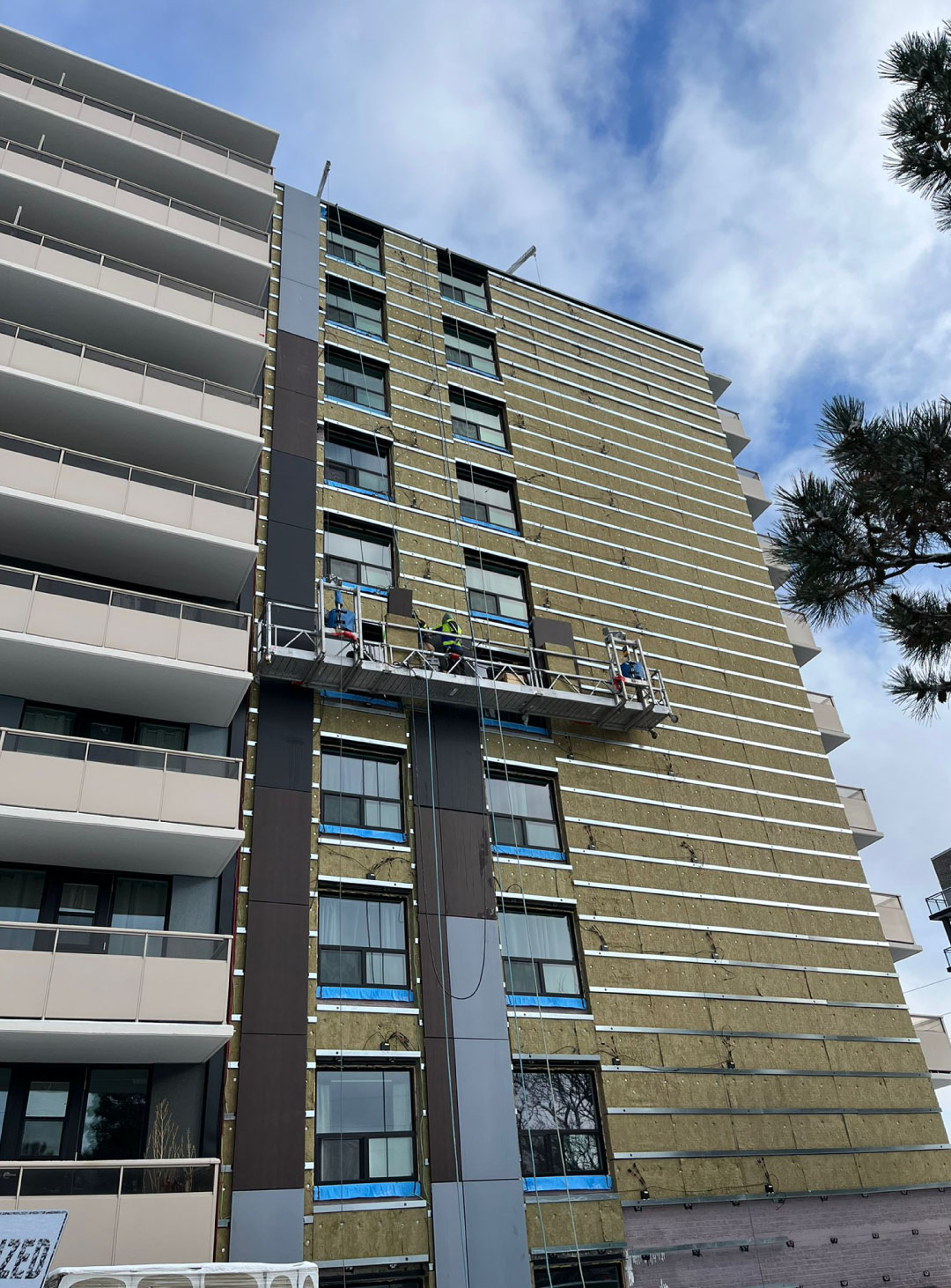

In an era where the pursuit of sustainability and renewable energy is paramount, the global market for Building-Integrated Photovoltaics (BIPV) is gaining significant momentum. BIPV systems, which seamlessly integrate solar panels into building materials, have emerged as a game-changer, enabling structures to generate clean energy while maintaining aesthetic appeal. In this blog, we will explore the integrated photovoltaics global market, its current state, and the factors driving its rapid expansion.
The BIPV global market has witnessed remarkable growth in recent years. According to industry reports, the market size was valued at USD 23.67 billion in 2023 and is projected to reach USD 89.80 billion in revenues by 2030, with a compound annual growth rate (CAGR) of over 20%. This significant growth can be attributed to several factors, including increased awareness of climate change, supportive government policies, technological advancements, and the integration of renewable energy into building design.
Advancements in BIPV technology have played a crucial role in driving market growth. Traditional solar panels were often seen as separate entities on rooftops or in solar farms. However, integrated photovoltaics have evolved to seamlessly blend solar elements into various building components like facades, windows, and roofs. This integration not only enhances the aesthetics but also increases the overall efficiency of the system. Improved materials, manufacturing techniques, and increased conversion efficiencies have made BIPV a viable option for architects, builders, and homeowners.
One of the significant advantages of integrated photovoltaics is their ability to integrate seamlessly with architectural designs due to the unlimited color and design options. Architects and designers can incorporate solar elements into various building components without compromising aesthetics. This integration opens a world of possibilities, allowing for innovative designs that not only generate clean energy but also redefine the relationship between buildings and their environment. BIPV empowers architects to create new energy-efficient structures or retrofit existing buildings with this innovative solar technology that balances sustainability with visual appeal.
With an increasing focus on sustainable practices, BIPV has gained prominence as an effective solution to reduce greenhouse gas emissions. Governments, corporations, and individuals worldwide are actively seeking ways to reduce their carbon footprint and transition toward renewable energy sources. Integrated photovoltaics offer a practical solution by transforming buildings into energy-generating assets. The integration of solar panels into the building envelope allows for the production of clean energy on-site, reducing reliance on fossil fuel-based power generation.
Government support and favorable policies and initiatives have been instrumental in driving the growth of the BIPV market. For instance, G20 Initiative focuses on the importance of “collective action in tackling environmental challenges and climate change while promoting transitions towards more flexible, transparent, and cleaner energy systems”. Furthermore, on November 20, 2023, in Sharm el-Sheikh, the 27th Conference of the Parties to the United Nations Framework Convention on Climate Change (COP27) highlighted the need for immediate action to significantly reduce carbon emissions and fight climate change. Many countries have also implemented feed-in tariffs, tax incentives, and grants to encourage the adoption of renewable energy technologies. They include but are not limited to the USA, Canada, the UK, China, Germany, France, and more. The governments of these countries implement restrictive emission regulations and provide financial incentives and regulatory support for renewable energy solutions, making BIPV installations more economically attractive for building owners and developers. The availability of such incentives has propelled the demand for BIPV systems across residential, commercial, and industrial sectors. The global BIPV market is witnessing exponential growth, driven by technological advancements, rising adoption of sustainable practices, favorable government policies, and increasing demand for renewable energy sources. Integrated photovoltaics are changing the way we think about construction and buildings, enabling them to generate clean energy while maintaining their functionality and aesthetic appeal. As the world transitions towards a more sustainable future, BIPV will continue to play a vital role in powering sustainable development and reducing the environmental impact of the built environment.
News & Articles

This blog breaks down what project teams can expect when planning for Mitrex solar cladding installation. Based on standardized guidelines, we outline how project scope, system type, and sequencing all influence timelines — with a transparent look at estimated crew size, daily install rate, and duration.

This blog breaks down what project teams can expect when planning for Mitrex solar cladding installation. Based on standardized guidelines, we outline how project scope, system type, and sequencing all influence timelines — with a transparent look at estimated crew size, daily install rate, and duration.

Mitrex BIPV is engineered to match—and exceed—the lifespan of high-performance building envelope systems, delivering structural durability, long-term energy output, and measurable sustainability benefits. This article outlines the testing, certifications, and warranties behind solar facades designed to perform for decades across global climates and project types.

Mitrex BIPV is engineered to match—and exceed—the lifespan of high-performance building envelope systems, delivering structural durability, long-term energy output, and measurable sustainability benefits. This article outlines the testing, certifications, and warranties behind solar facades designed to perform for decades across global climates and project types.

Design-driven solar façades are the future—and in 2026, building-integrated photovoltaics (BIPV) must meet high architectural standards as well as performance benchmarks. This blog highlights five architectural design trends that are shaping next-generation BIPV applications and how Mitrex products—from custom murals to landmark towers—are making them a reality.

Design-driven solar façades are the future—and in 2026, building-integrated photovoltaics (BIPV) must meet high architectural standards as well as performance benchmarks. This blog highlights five architectural design trends that are shaping next-generation BIPV applications and how Mitrex products—from custom murals to landmark towers—are making them a reality.